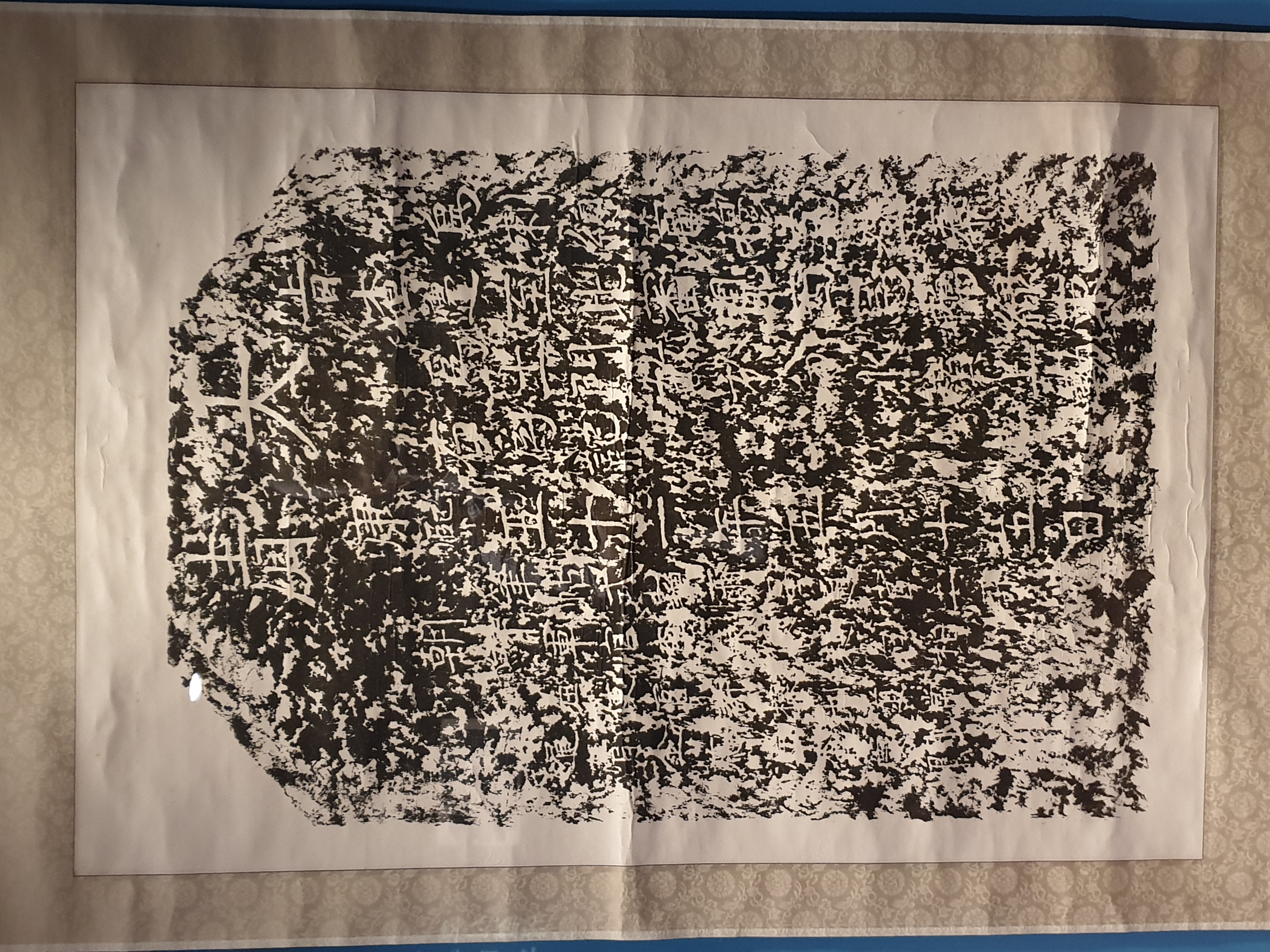서거 300주년 기념 '숙종대왕 호시절에' 테마전 | 연합뉴스
서거 300주년 기념 '숙종대왕 호시절에' 테마전, 임동근기자, 문화뉴스 (송고시간 2020-05-06 09:43)
www.yna.co.kr
조선 19대 임금 숙종은 왕위에 있은지가 물경 46년에 달한다. 왕 노릇은 죽으면서 그만두었는데, 그렇게 장구한 세월 권좌에 있다가 죽을 때 나이가 고작 60이었다. 14살 꼬맹이 때 즉위한 까닭이다.
그의 집권기 정계는 파란만장했다. 당쟁이야 그렇다 치고, 저 스스로 분탕질을 일으켜, 멀쩡한 조강지처 느닷없이 쪼까내고 바꿔치기 하는 것까지야 뭐 그럴 수 있다 쳐도, 새로 맞은 마누라가 아니라, 기존에 거느린 우수마발 중 하나였으니, 언제나 파격발탁은 피비린내를 동반하기 마련이라, 이 와중에 지 스승까지 사약을 내려 죽이는 만행을 저질렀다.
2020년은 그렇게 파란만장한 삶을 살다간 숙종이 간지 딱 300년이 된다. 이를 기념해 국립고궁박물관이 조촐한 테마전을 마련했다.

The National Palace Museum of Korea will host a special exhibition titled <The Days of King Sukjong>
- To commemorate the 300 year anniversary of the passing of King Sukjong, held from May 6 to June 28, 2020
- The exhibition will also be on view as a VR experience on the Museum’s homepage starting from May 11.
The Cultural Heritage Administration’s National Palace Museum of Korea presents a special exhibition titled <The Days of King Sukjong> from May 6 to June 28, 2020. King Sukjong(1661~1720, r.1674~1720) is the 19th king of the Joseon Dynasty and reigned for 46 years. The year 2020 marks the 300th anniversary of the death of King Sukjong and the exhibition celebrates his life and accomplishments.
King Sukjong is a very popular character and frequently appears in Korean TV dramas and movies, which focus on the political turmoil and fractional struggles, as well as more private lives in the royal courts, surrounding the royal concubines who gave birth to the 20th king of Joseon King Kyungjong(1688~1724, r.1720~1724), and the 21stKing Yeongjo(1694~1776, r.1724~1776).

However, many facts related to King Sukjong’s accomplishments and ruling tactics are misrepresented in the movies and dramas, while truly valuable aspects are not fully depicted. The folk narratives and novels written in Hangeul during the 19thcentury, describe King Sukjong’s ruling period as being peaceful and all his subjectsliving in comfort, providing us with an interesting window to look into the King himself and how life was in those years. The title of this special exhibition <The Days of King Sukjong>is also taken from a description in one such novel from the 19th century.
There are three sections in this exhibition, together introducing 47 relics and artifacts. The first section, ‘Born to Be King’ shows King Sukjong’s life and how he exercised his powerful authority as the only son of King Hyeonjong(r. 1659–1674) and Queen Myeongseong(1642–1683) and thus as the indisputable successor to the throne with secure legitimacy. Key artifacts displayed in this part of the exhibition include the ‘Jade Seal, Bamboo Investiture Book and Case of King Sukjong upon His Appointment as Crown Prince’, which is also listed as a UNESCO Memory of the World, and the ‘Painting of Zhuge Liang’, commissioned by King Sukjong himself to emphasize to his subjects the importance of being loyal to their King.

The second section of the exhibition is titled ‘Rewriting the History of the Royal Court’ and tells the story of how the royal court established the royal legitimacy from King Taejo, the founder of the Joseon Dynasty, all the way to King Sukjong’s father. King Sukjong reassessed the achievements of King Taejo, and through such efforts promoted his own legacy as the restoring monarch of the royal court. Among the key artifacts displayed is the ‘Album of King Taejo’s Eight Excellent Horses’, which testify King Taejo’s courageous aspects. Like King Taejo, King Sukjong also enters Giroso, a governmental society honoring venerable statesmen, at the age of 59. The ‘Commemorative Album for King Sukjong’s Entry into the Club of Elder’ is another important piece displayed in section 2 of the exhibit.
Section 3, ‘Ushering in an Era of Revival – The Late Joseon Period’ displays a wide spectrum of King Sukjong’s rule, including the economy, society and military defense. Joseon suffered severe damages from invasions by Japan in the 16th century and by China’s Qing dynasty in the early 17th century. The reigning period of King Sukjong was a time of recovery and development. The nation’s tax regime was improved to ease the burden of the people, while still securing enough for state affairs. A key artifact displayed in the exhibition, related to such activity, is the Sangpyeong Tongbo (Coins), that had been minted and used starting from King Sukjong’s years to the end of the Joseon period. To strengthen the nation’s military defense, King Sukjong also revised the national defense system with focus on the defense of the capital. The Bukhansanseong Fortress was newly built for this purpose. The hanging board inscribed with poems composed by King Sukjong about Bukhansanseong Fortress is on display at the exhibition.

The National Palace Museumis taking appropriate measures to prevent further spread of COVID-19 and to protect our patrons. All visitors to the museum must wear a facial mask and keep a safe distance of 1~2m between each other. Starting May 11, patrons will also be able to enjoy the entire exhibition at home through a virtual showing which will be made available at www.gogung.go.kr.
The Cultural Heritage Administration’s National Palace Museum of Korea is a specialized repository and research institution for the Joseon royal and Korean imperial court artifacts. It has held many exhibitions highlighting the Kings of the Joseon Dynasty. We hope that this exhibition will shed new light to King Sukjongand his reign.
'NEWS & THESIS' 카테고리의 다른 글
| 쓰러지는 소리 요란한 싱글벙글쇼 (0) | 2020.05.09 |
|---|---|
| 제3기 무형문화재위원회 출범 (0) | 2020.05.08 |
| 있을 법하다 실제로 일어난 '코로나 파티' (0) | 2020.05.07 |
| 개운치 않은 싱글벙글쇼 후임 MC (0) | 2020.05.07 |
| 늙으면 죽어야? 노모 고래장 시도한 아들 (0) | 2020.05.07 |




댓글